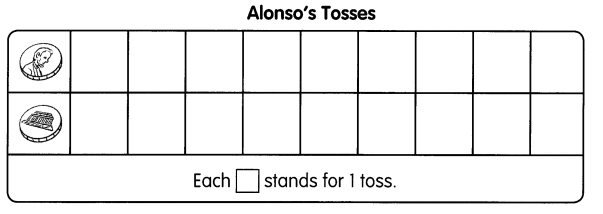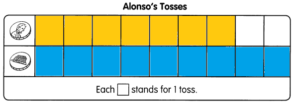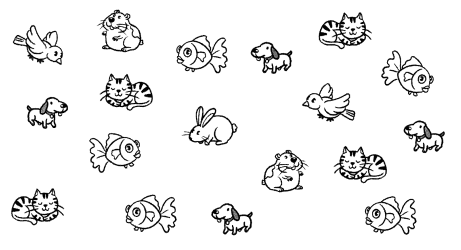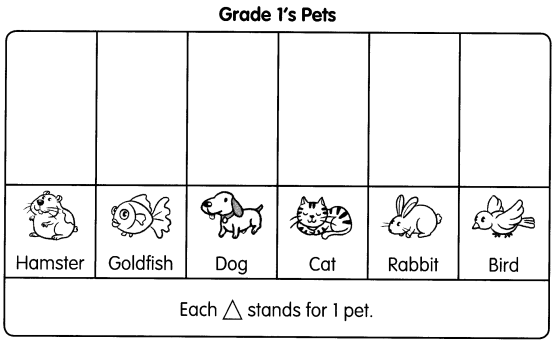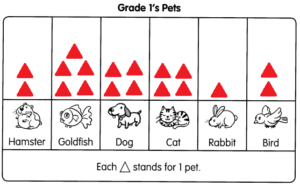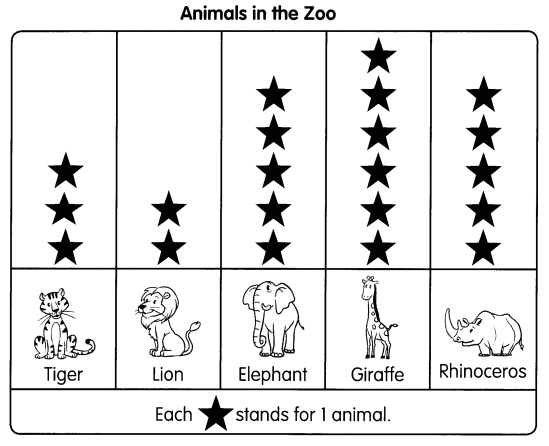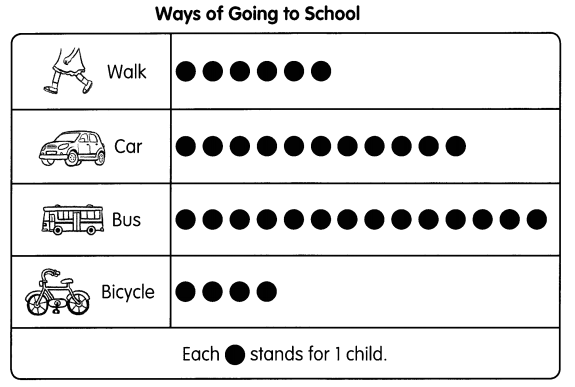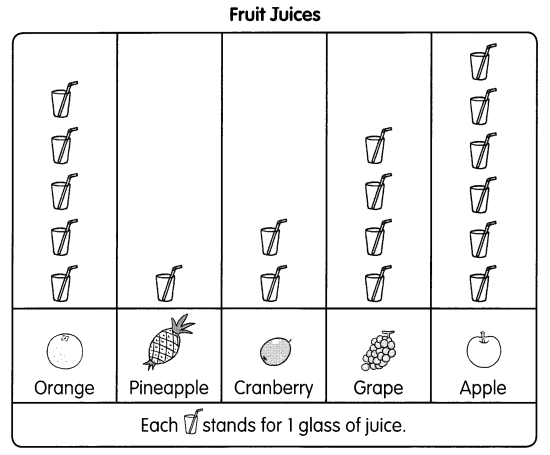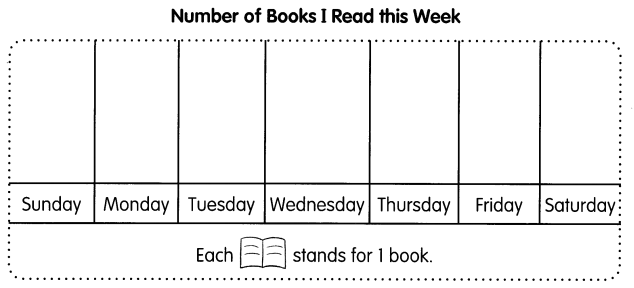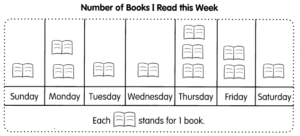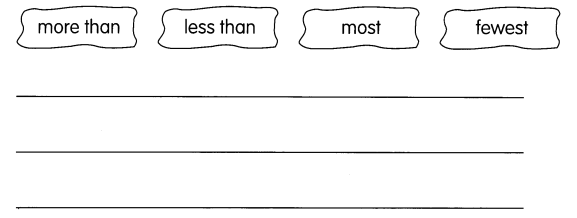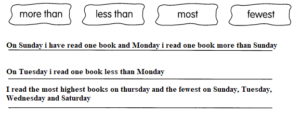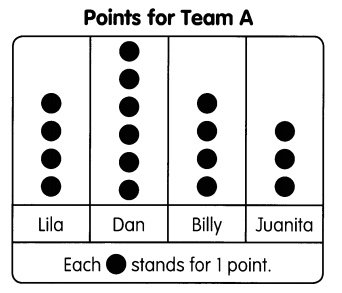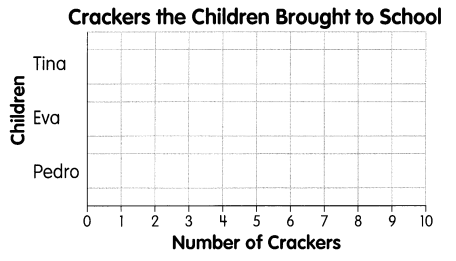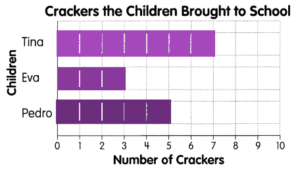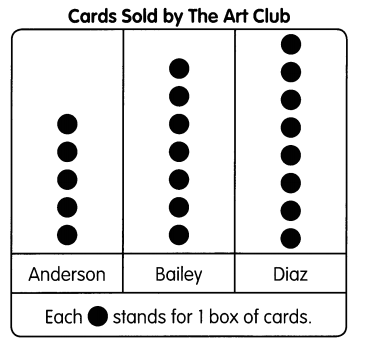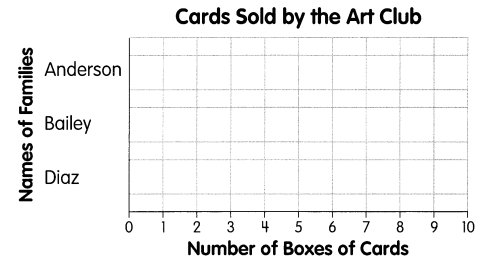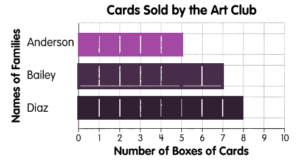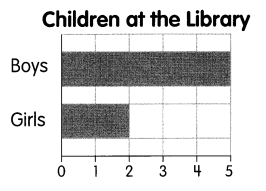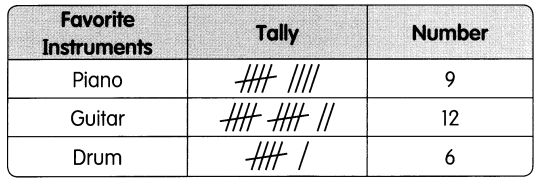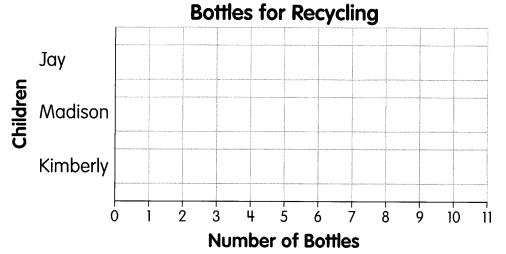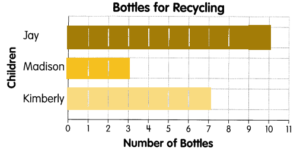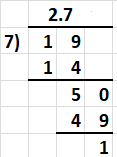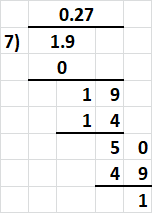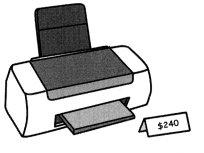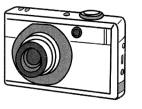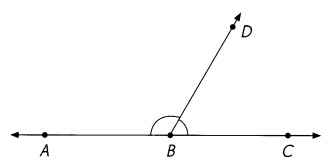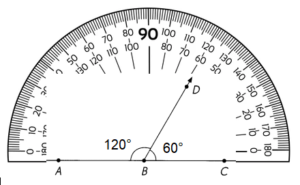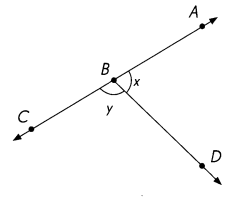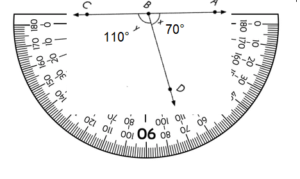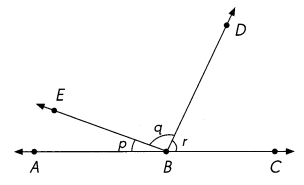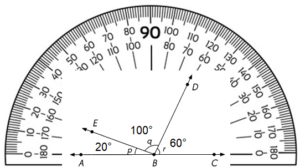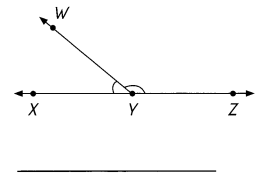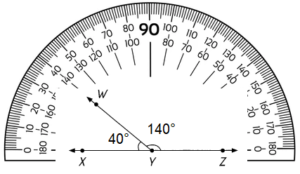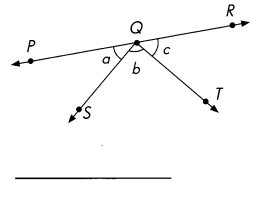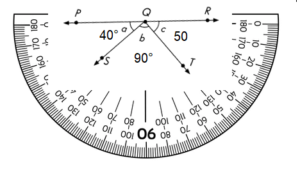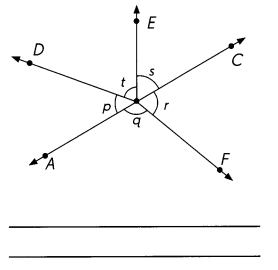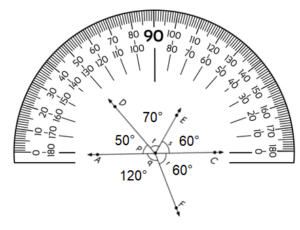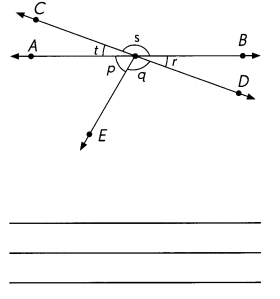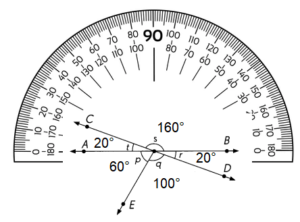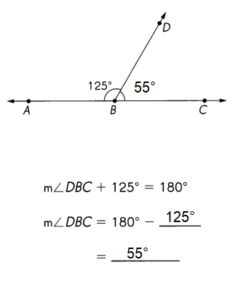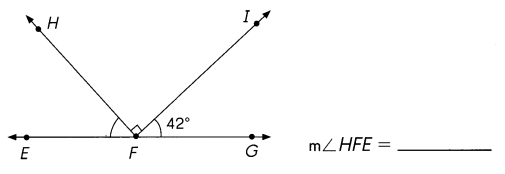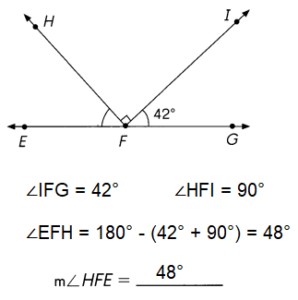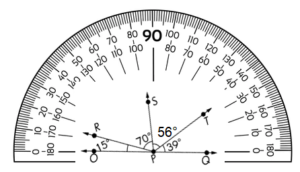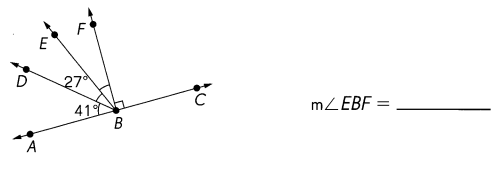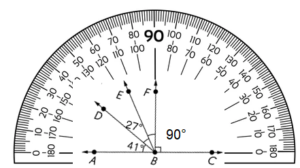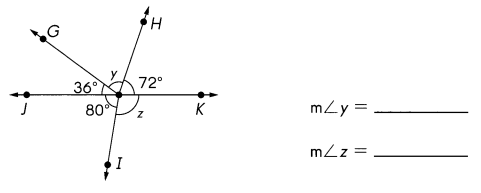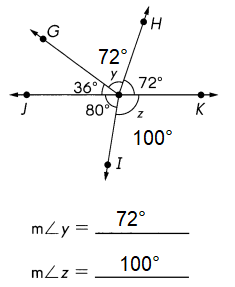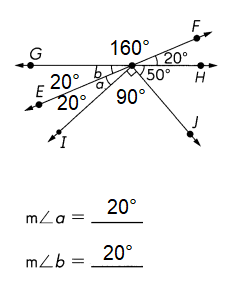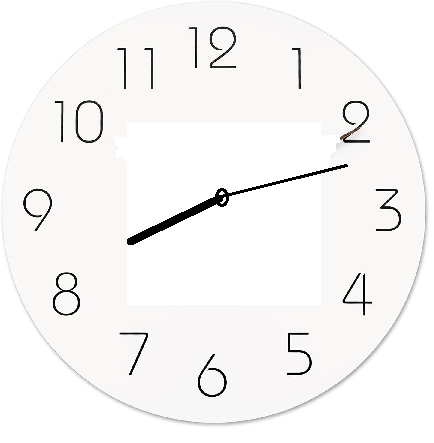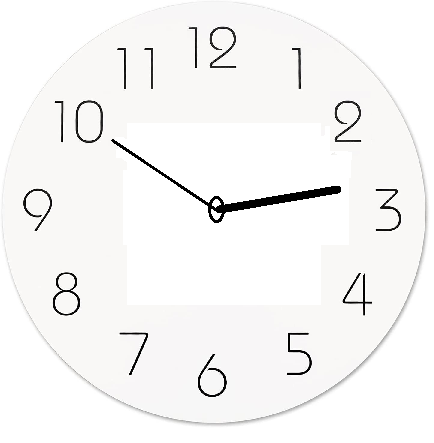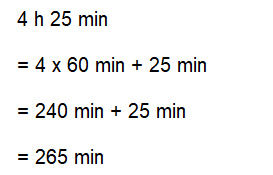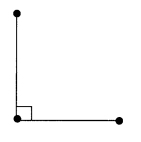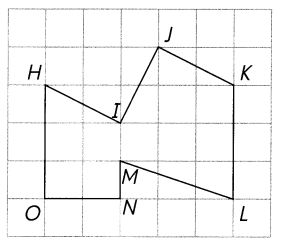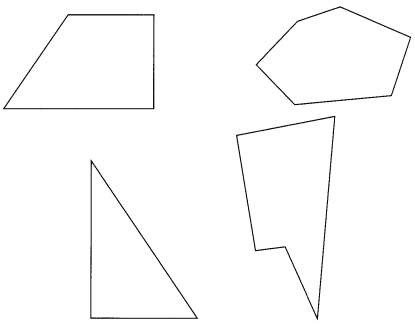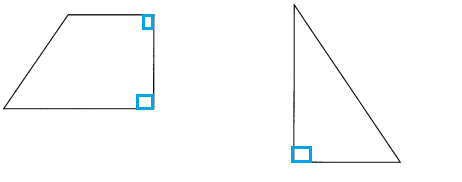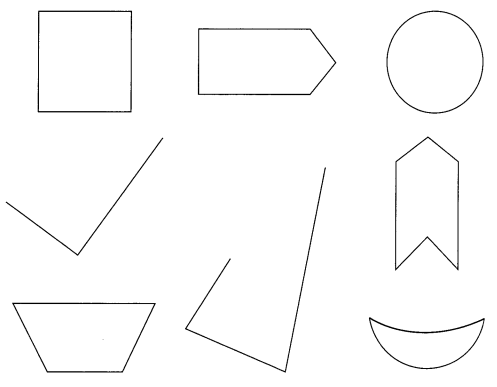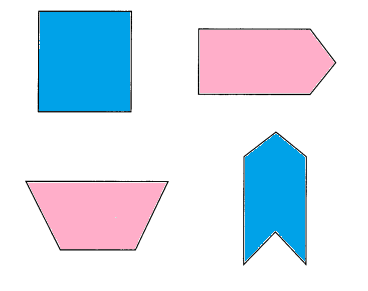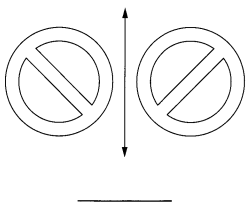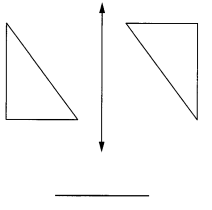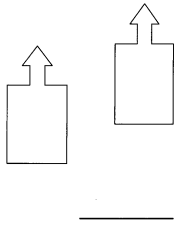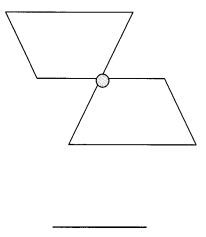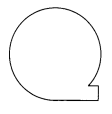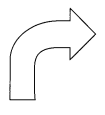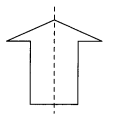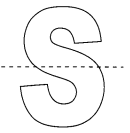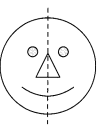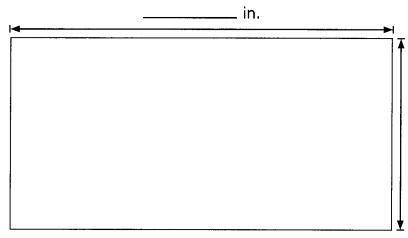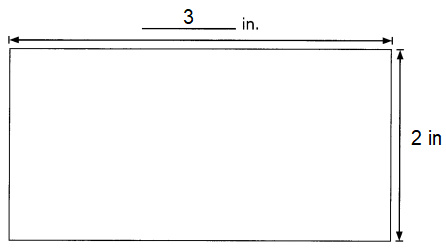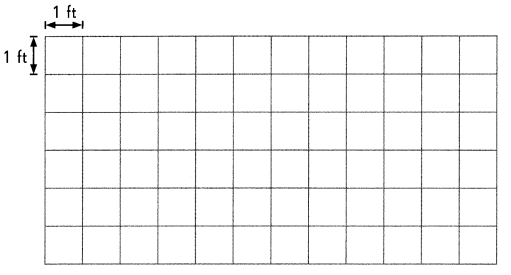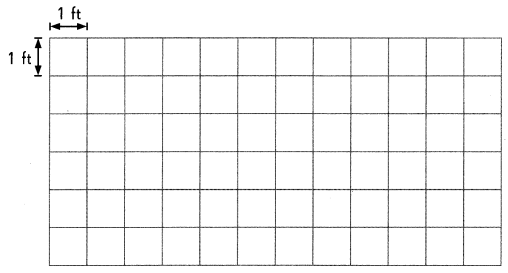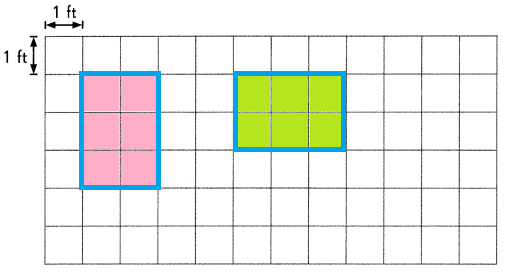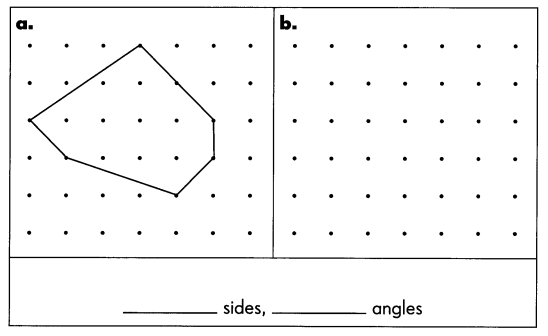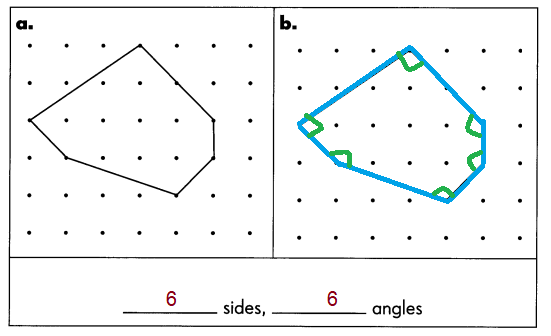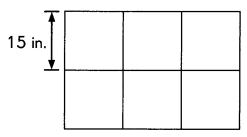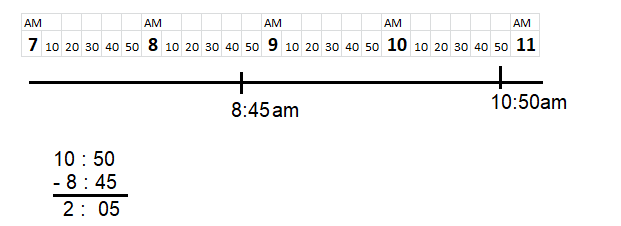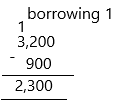Go through the Math in Focus Grade 5 Workbook Answer Key Chapter 2 Practice 5 Dividing by Tens, Hundreds, or Thousands to finish your assignments.
Math in Focus Grade 5 Chapter 2 Practice 5 Answer Key Dividing by Tens, Hundreds, or Thousands
Complete.
Question 1.
100 ÷ 10 = _10__
Answer:
10,
Explanation:
100 ÷ 10 = 10

100 is divided by 10 and the result is 10.
Question 2.
670 ÷ 10 = _67__
Answer:
67,
Explanation:
670 ÷ 10

670 is 10 times 67,
670 is 67 x 10.
Question 3.
1,050 ÷ __ = 105
Answer:
105,
Explanation:

1,050 is 105 x 10,
1,050 is divided by 10 and the result is 105.
Question 4.
_1,974__ ÷ 10 = 1,974
Answer:
19,740,
Explanation:

19,740 can be written as 1974 x 10
it can be divided by 10 and the result is 1,974.
Question 5.
52,260 ÷ 10 = _5,260__
Answer:
5,260,
Explanation:

5,2260 can be written as 5,226 x 10 it can be divided by 10 and
the result is 5,2260.
Question 6.
30,500 ÷ _10_ = 3,050
Answer:
3,050,
Explanation:

3,050 can be written as 305 x 10 it can be divided by 10 and
the result is 3,050.
Complete.
5,610 ÷ 30
= (5,610 ÷ 10) ÷ 3
= 561 ÷ 3
= 187 

Question 7.
3,000 ÷ 60
= (3,000 ÷ 10) ÷ _6__
= _300__ ÷ 6
= __50__ 
Answer:
50,
Explanation:

= 3,000 ÷ 10÷ 6
= 300÷ 6
= 50.
Question 8.
1,040 ÷ 40
= (1,040 ÷ __10_) ÷ _4__
= _104__ ÷ __4__
= __26__ 
Answer:
26,
Explanation:
1,040 ÷ 40,
= 1,040 ÷ 10÷ 4
= 104 ÷ 4
= 26.
Complete.
Question 9.
8,700 ÷ 60
= (8,700 ÷ _10_) ÷ __6_
= _870__ ÷ _6__
= __145__ 
Answer:
145,
Explanation:
8,700 ÷ 60,
= 8,700 ÷ 10 ÷ 6,
= 870 ÷ 6,
= 145.
Question 10.
3,450 ÷ 50
= (3,450 ÷ _10_) ÷ _5__
= _345___ ÷ __5_
= __69__ 
Answer:
69,
Explanation:
3,450 ÷ 50,
= 3,450 ÷ 10 ÷ 5
= 345 ÷ 5
= 69.
Question 11.
34,230 ÷ 70
= (34,230 ÷ _10__) ÷ _7_
= _3,423__ ÷ _7__
= __489__ 
Answer:
489,
Explanation:
34,230 ÷ 70,
= 34,230 ÷ 10 ÷ 7,
= 3,423 ÷ 7,
= 489.
Which U.S. president had a sign on his desk that said ‘The buck stops here’?
Write the letters on pages 47 and 48 that match the answers below to find out.

Answer: TRUMAN

Explanation:
The solutions from the above questions from 6 to 11,
according to the answers arrange the given alphabets to find out the word.
Divide.
Question 12.
3,400 ÷ 100 = _34__ 
Answer:
34,
Explanation:
3,400 ÷ 10 ÷ 10,
= 340 ÷ 10,
= 34.
Question 13.
560,000 ÷ 1,000 = _560__ 
Answer:
560,
Explanation:
560,000 ÷ 1,000,
= 560,000 ÷ 10 ÷ 10 ÷ 10,
= 56,000 ÷ 10 ÷ 10,
= 5,600 ÷ 10,
= 560.
Question 14.
5,000 ÷ 100 = _50_ 
Answer:
50,
Explanation:
5,000 ÷ 100,
= 5,000 ÷ 10 ÷ 10,
= 500 ÷ 10,
= 50.
Question 15.
38,000 ÷ 1,000 = __38_ 
Answer:
38,
Explanation:
38,000 ÷ 1,000,
= 38,000 ÷ 10 ÷ 10 ÷ 10,
= 3800 ÷ 10 ÷ 10,
= 380 ÷ 10,
= 38.
Question 16.
7,700 ÷ 102 = _77__ 
Answer:
77,
Explanation:
As 100 = 102,
= 7,700 ÷ 102,
= 7,700 ÷ 10 ÷ 10,
= 770 ÷ 10,
= 77.
Question 17.
360,000 ÷ 103 = _360__ 
Answer:
360,
Explanation:
1000 = 103,
= 360,000 ÷ 10 ÷ 10 ÷ 10,
= 36,000 ÷ 10 ÷ 10,
= 3,600 ÷ 10,
= 360.
Question 18.
2,000 ÷ 102 = _20__ 
Answer:
20,
Explanation:
100 = 102,
2,000 ÷ 102,
= 2,000 ÷ 10 ÷ 10,
= 200 ÷ 10,
= 20.
Question 19.
415,000 ÷ 103 = _415__ 
Answer:
415,
Explanation:
1000 = 103,
= 415,000 ÷ 10 ÷ 10 ÷ 10,
= 41,500 ÷ 10 ÷ 10,
= 4150 ÷ 10,
= 415.
To which class of animals does the salamander belong?
Write the letters that match the answers below to find out.

Answer:
AMPHIBIANS,

Explanation:
The solutions from the above questions from 12 to 19,
according to the answers arrange the given alphabets to find out the word.
Question 21.
81,000 ÷ 900
= (81,000 ÷ _100_) ÷ __9_
= _810__ ÷ _9__
= _90___
Answer:
90,
Explanation:
= 81,000 ÷ 900,
= 81,000 ÷ 100 ÷ 9,
= 81,000 ÷ 10 ÷ 10 ÷ 9,
= 8,100 ÷ 10 ÷ 9,
= 810 ÷ 9,
= 90.
Complete.
Example . ________
9,000 ÷ 3,000,
= (9,000 ÷ 1000) ÷ 3,
= 9 ÷ 3,
= 3.
Question 22.
31,500 ÷ 500
= (31,500 ÷ _100__) ÷ _5__
= _315__ ÷ _5___
= _63___
Answer:
63,
Explanation:
Given 31,500 ÷ 500,
= 31,500 ÷10 ÷ 10 ÷ 5,
= 3150 ÷ 10 ÷ 5,
= 315 ÷ 5,
= 63,
Question 23.
56,000 ÷ 7,000
= (56,000 ÷ _1000__) ÷ __7____
= _56___ ÷ __7__
= __8__
Answer:
8,
Explanation:
56000 ÷ 1000 ÷ 7,
= 56 ÷ 7 = 8,
Question 24.
133,000 ÷ 7,000
= (133,000 ÷ _1,000__) ÷ __7_
= _133___ ÷ _7__
= _19___
Answer:
19,
Explanation:
Given 133,000 ÷ 1,000 ÷ 7,
= 133 ÷ 7 = 19.
Question 25.
120,000 ÷ 8,000
= (120,000 ÷ __1,000_) ÷ _8__
= _120___ ÷ __8_
= __15__
Answer:
15,
Explanation:
Given 120000 ÷ 8,000,
= 120,000 ÷ 1,000 ÷ 8
120 ÷ 8 = 15.
Divide.
Question 26.
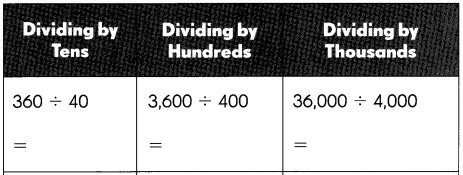
Answer: 9
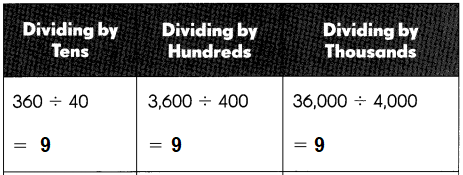
Explanation:
Dividing by tens 360 ÷ 40,
= 360÷10÷4,
= 36÷4,
= 9,
= 3600 ÷ 400
Dividing by hundreds 3600÷100÷4,
= 36÷4
= 9,
Dividing by thousands 36000 ÷ 4000,
= 360÷1000÷4,
= 36÷4,
= 9.
Question 27.
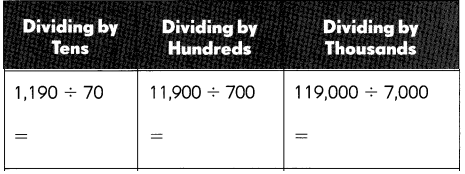
Answer: 17
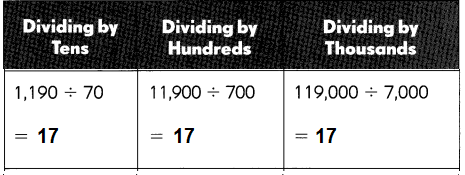
Explanation:
Dividing by tens 1,190 ÷ 70,
= 1190 ÷ 10÷ 7
= 119 ÷ 7
= 17,
Dividing by hundreds 11,900 ÷ 700,
= 11,900 ÷ 100÷ 7
= 119 ÷ 7
= 17,
Dividing by thousands 1,19000 ÷ 7000,
= 119000 ÷ 1000÷ 7,
= 119 ÷ 7,
= 17.
Question 28.
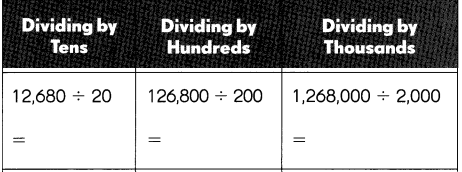
Answer:
634
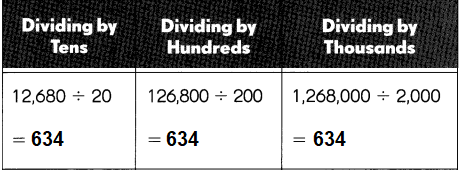
Explanation:
Dividing by tens 12,680 ÷ 20,
= 12,680 ÷ 10 ÷ 2,
= 1,268 ÷ 2,
= 634.
Dividing by hundreds 126,800 ÷ 200,
= 126,800÷ 100÷ 2,
= 1,268 ÷ 2,
= 634.
Dividing by thousands 1,268,000 ÷ 2000,
= 1,268,000 ÷ 2,000,
= 12,680 ÷ 1,000 ÷ 2,
=1,268 ÷ 2,
= 634.
Question 29.
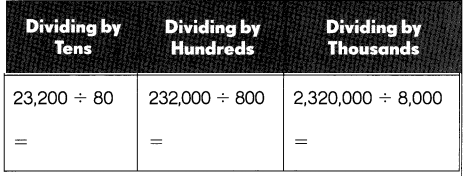
Answer:
290
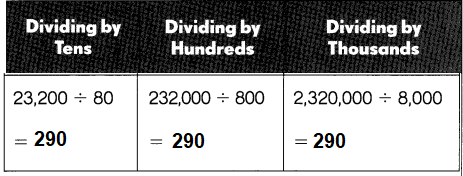
Explanation:
Dividing by tens 23,200 ÷ 80,
= 23,200 ÷ 10 ÷ 8,
= 23,20 ÷ 8,
= 290.
Dividing by hundreds 23,2000 ÷ 800,
= 23,2000 ÷ 100 ÷ 8,
= 2320 ÷ 8,
= 290.
Div iding by thousands 2,320,000 ÷ 8000,
= 2,320,000÷ 1000÷ 8,
= 2320 ÷ 8,
= 290.
Complete.
Question 30.
430 ÷ _10_ = 43
Answer:
10,
Explanation:
Given 430 ÷ 10 = 43.
Question 31.
9,000 ÷ _100_ = 30
Answer:
300,
Explanation:
Given 9,000 ÷ 300,
=9,000 ÷ 100 ÷ 3,
= 90 ÷ 3 = 30.
Question 32.
49,000 ÷ _1,000__ = 7
Answer:
7,000,
Explanation:
49,000 ÷ 7,000,
= 49,000 ÷ 1,000 ÷ 7,
= 49 ÷ 7 = 7.
Question 33.
2,400 ÷ _10__ = 120
Answer:
20,
Explanation:
Given 2,400 ÷ _10__ = 120,
= 2,400 ÷ 120,
= 2,400 ÷ 10 ÷ 12,
= 240 ÷ 12 = 20.
Question 34.
64,000 ÷ _400__ = 160
Answer:
400,
Explanation:
Given 64,000 ÷ 400,
= 64,000 ÷ 100 ÷ 4,
= 640 ÷ 4 = 160.
Question 35.
85,000 ÷ _5,000__ = 17
Answer:
5,000,
Explanation:
Given 85,000 ÷ ____ = 17,
= 85,000 ÷ 17 = 5,000.
Estimate each quotient.
Example
6,452 ÷ 27 rounds to 6,000 ÷ 3 = 200
Question 36.
7,865 ÷ 41 rounds to ____ ÷ ___ = ____
Answer:
7,865 ÷ 41 rounds to 8,000 ÷ 40 = 200,
Explanation:,
Estimate of 7,865 is 8,000,
Estimate of 41 is 40,
So, 8,000 ÷ 40 = 200.
Question 37.
9,125 ÷ 345 rounds to ___ ÷ ___ = ____
Answer:
9,125 ÷ 345 rounds to 9,000 ÷ 300 = 30,
Explanation:
Estimate of 9,125 is 9,000,
Estimate of 345 is 300,
So, 9,000 ÷ 300 = 30.
Question 38.
9,825 ÷ 206 rounds to ___ ÷ ___ = ____
Answer:
9,825 ÷ 206 rounds to 10,000 ÷ 200 = 50,
Explanation:
Estimate of 9,825 is 10,000,
Estimate of 206 is 200,
So, 10,000 ÷ 200 = 50.
Question 39.
7,226 ÷ 871 rounds to ___ ÷ ___ = ____
Answer:
7,226 ÷ 871 rounds to 7200 ÷ 900 = 8,
Explanation:
Estimate of 7,226 is 7,200,
Estimate of 871 is 900,
So, 7,200 ÷ 900 = 8.
Question 40.
5,299 ÷ 49 rounds to ___ ÷ ____ = ____
Answer:
5,299 ÷ 49 rounds to 5,000 ÷ 50 = 100,
Explanation:
Estimate of 5,299 is 5,000,
Estimate of 49 is 50,
So, 5,000 ÷ 50 = 100.
Question 41.
3,654 ÷ 27 rounds to ___ ÷ ___ = ____
Answer:
3,654 ÷ 27 rounds to 3,600 ÷ 30 = 120,
Explanation:
Estimate of 3,654 is 3,600,
Estimate of 27 is 30,
So, 3,600 ÷ 30 = 120.
What number can be evenly divided by 3, 7, and 9?
Color the numbers below that match the answers above to find out.
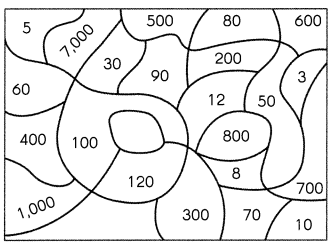
Answer:
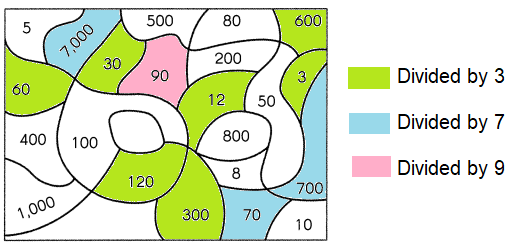
Explanation:
In the above given picture the numbers with green color will divide by 3,
numbers with blue color divide by 7,
numbers with pink color divide by 9.
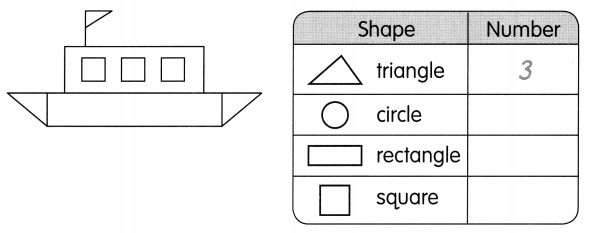
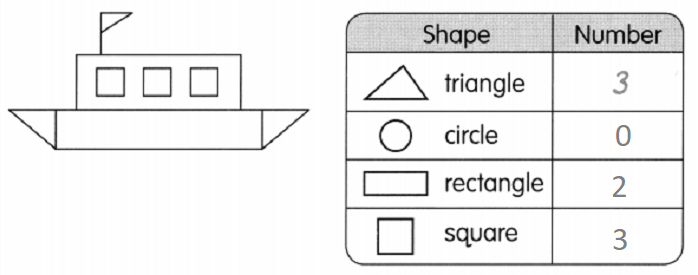
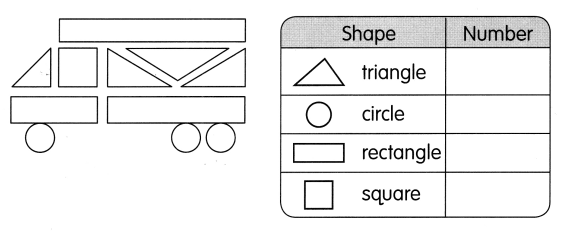
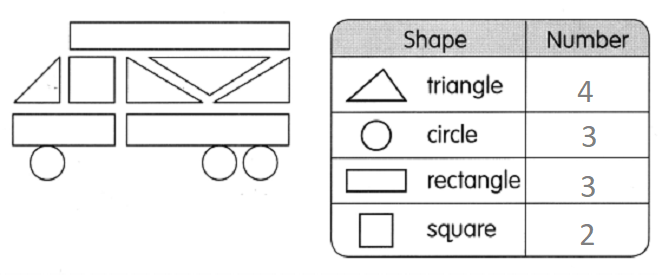







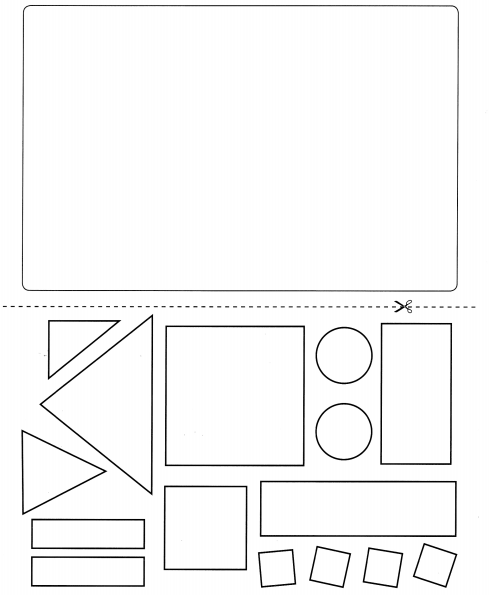
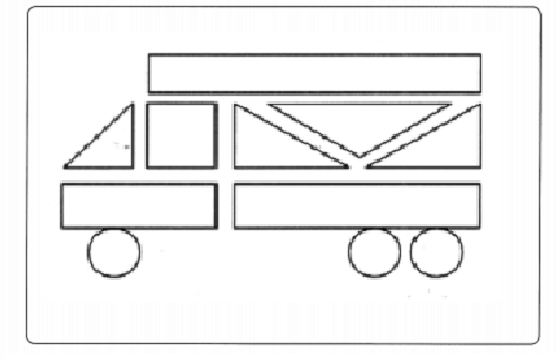
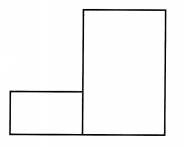
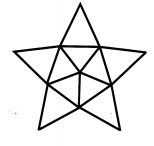
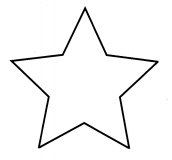
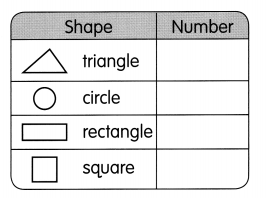
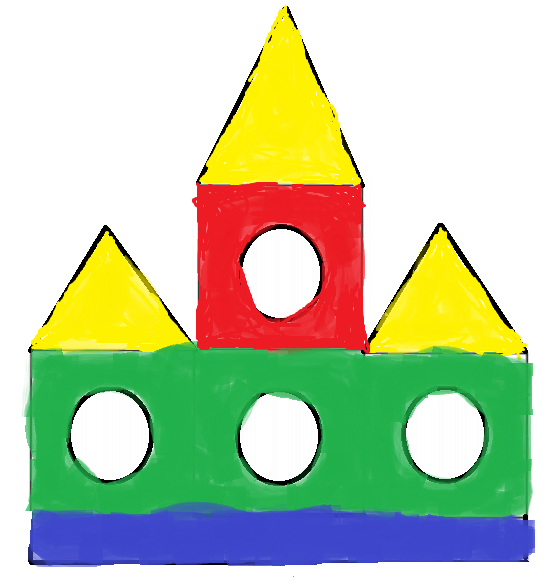
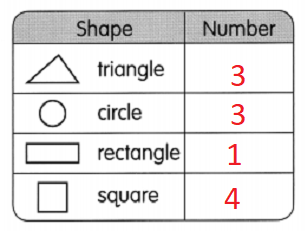


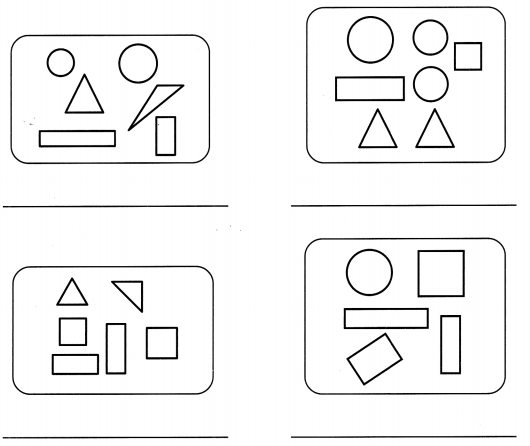
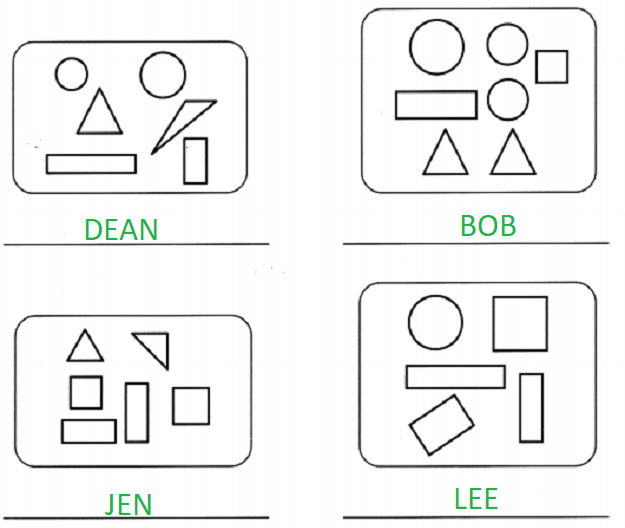
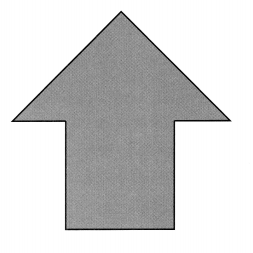
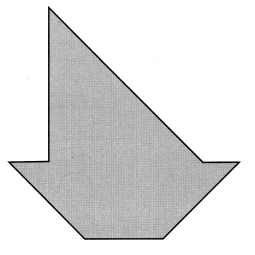
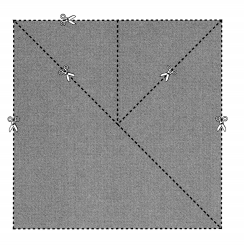
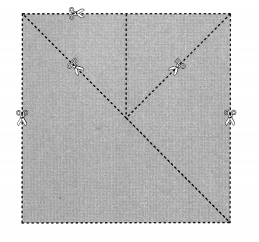
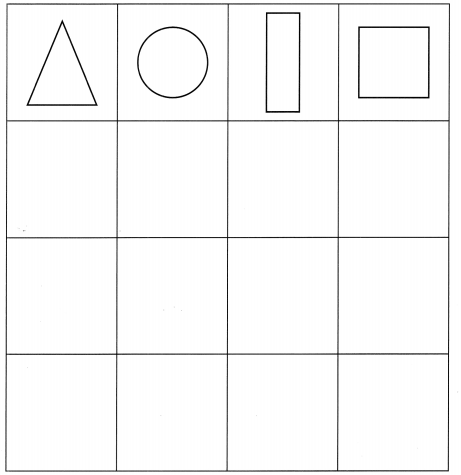
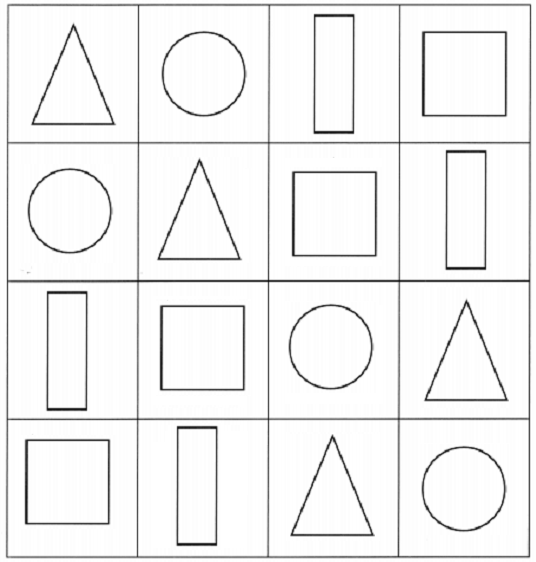
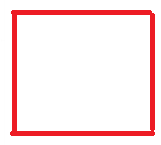

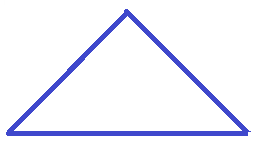
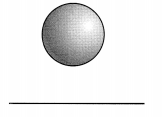
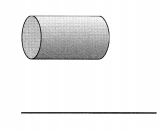


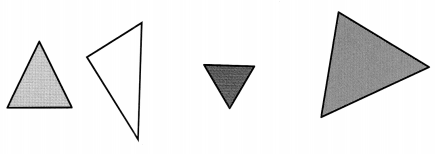


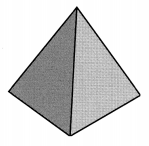
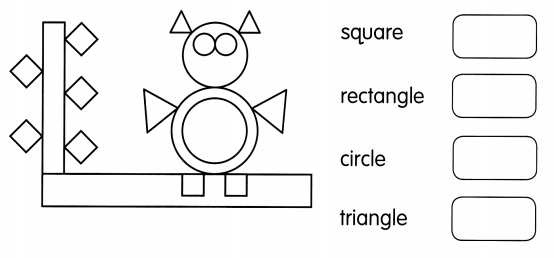
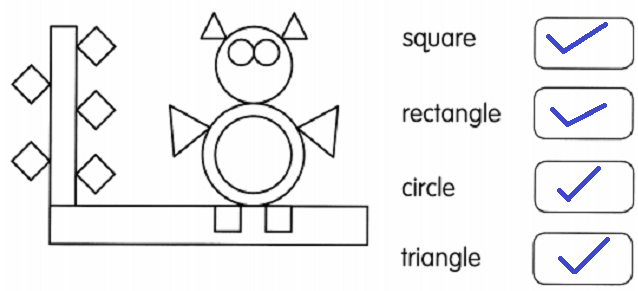
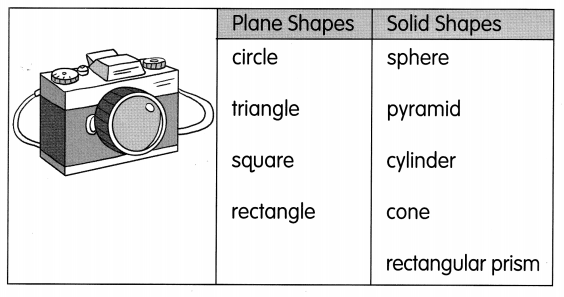
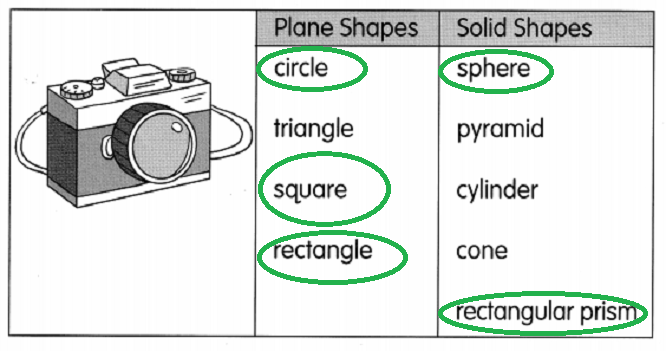
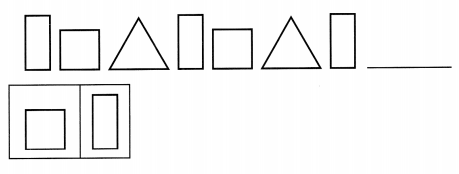

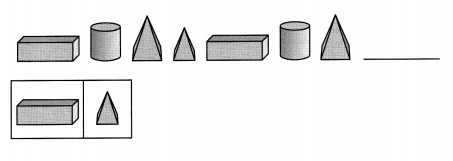

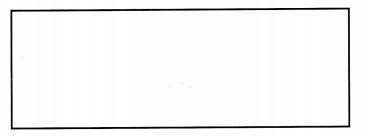
 Alonso tosses the coin many times. This is what he gets:
Alonso tosses the coin many times. This is what he gets:
